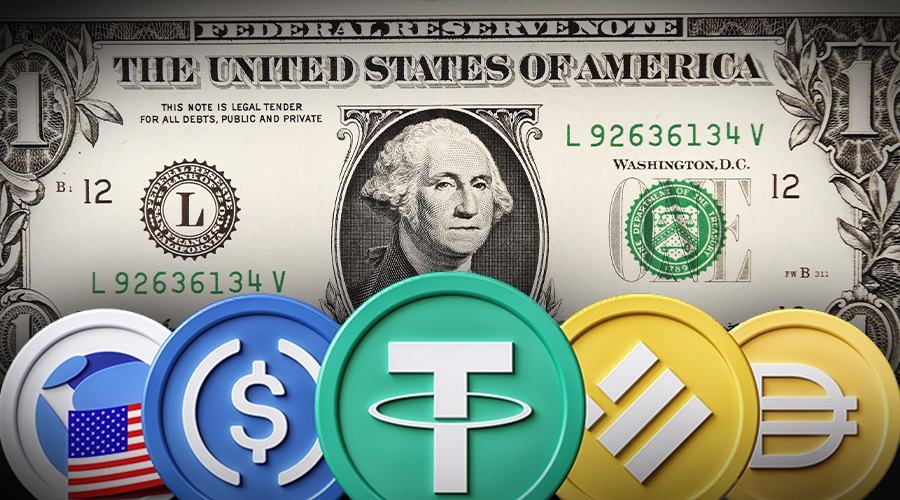Stablecoins
have emerged as a new type of cryptocurrency in recent years, aiming to provide
stability in the volatile world of cryptocurrency. While cryptocurrencies, such
as Bitcoin and Ethereum are notorious for their price volatility, stablecoins
are intended to maintain a stable value in relation to a traditional currency
or asset.
Because of this
stability, stablecoins have become an appealing option for those looking to
gain access to financial services and participate in the global economy,
particularly those who are unbanked or underbanked. This article will look at
the applications and challenges of stablecoins in promoting financial
inclusion.
What
Are Stablecoins?
Stablecoins are
cryptocurrencies that are intended to keep their value stable in relation to a
traditional currency or asset, such as the US dollar, gold, or another stable
asset. Stablecoins achieve this through a variety of mechanisms, including pegs
to a stable asset, algorithmic stabilization mechanisms, and collateralization.
Stablecoins are
classified into three types: fiat-collateralized, crypto-collateralized, and
non-collateralized. Fiat-collateralized stablecoins are backed by a traditional
currency reserve, such as the US dollar or the Euro. Stablecoins
that are crypto-collateralized are backed by a reserve of cryptocurrencies, such
as Bitcoin or Ethereum. Non-collateralized stablecoins, also known as
algorithmic stablecoins, use algorithms to maintain their value by dynamically
adjusting supply and demand.
Stablecoin
Applications in Financial Inclusion
Stablecoins can
be used to promote financial inclusion in a variety of ways, particularly in
developing countries and regions with limited access to traditional financial
services. Some of the ways stablecoins are being used to promote financial
inclusion are as follows:
Stablecoins can
be used to facilitate cross-border remittances, allowing people to send and
receive money with lower fees and faster settlement times. This is especially
useful for those who are unbanked or have limited access to traditional
remittance services.
Stablecoins can
be used to facilitate microtransactions, allowing people to make small payments
for goods and services without requiring traditional banking infrastructure.
This is especially advantageous for small business owners and entrepreneurs who
operate in cash-based economies.
For those who
do not have access to traditional savings accounts, stablecoins can be used as
a store…
























